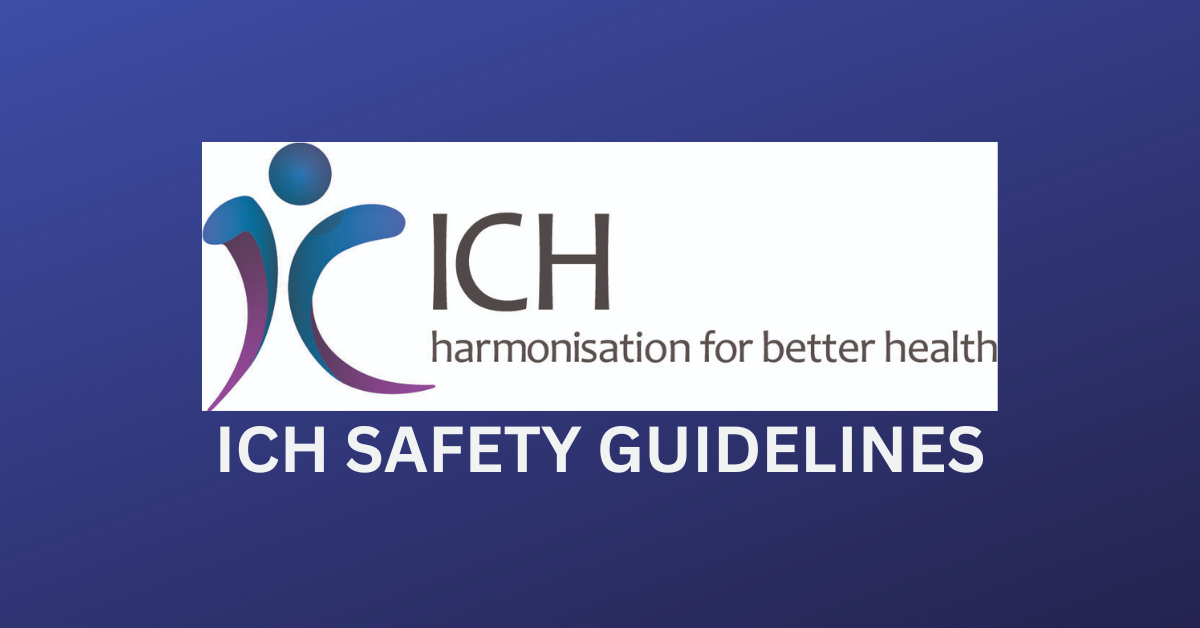In order to identify potential dangers including carcinogenicity, genotoxicity, and reprotoxicity, ICH has created a thorough set of safety guidelines. A non-clinical testing approach for determining the QT interval prolongation liability—the leading factor in drug withdrawals in recent years—has made significant strides recently.
S1A – S1C: Carcinogenicity Studies
S1A: Guideline on the need for carcinogenicity studies of pharmaceuticals
S1B: Testing for Carcinogenicity of Pharmaceuticals.
S1C (R2): Dose Selection for Carcinogenicity Studies of Pharmaceuticals.
S2: Genotoxicity Studies
S2 (R1): Guidance on Genotoxicity Testing and Data Interpretation for Pharmaceuticals Intended for Human Use.
S3A – S3B: Toxicokinetic and Pharmacokinetics
S3A: Note for guidance on toxicokinetics: The assessment of systemic exposure In toxicity studies
S3B: Pharmacokinetics: Guidance for repeated dose tissue distribution studies
S4: Toxicity Testing
S4: Duration of chronic toxicity testing in animals (rodent and non rodent Toxicity testing)
S5: Reproductive Toxicity
S5(R2): Detection of toxicity to reproduction for medicinal products & Toxicity to male fertility.
S5 (R4): Maintenance EWG Revision of S5 guideline on Detection of Toxicity to Reproduction for Human Pharmaceuticals.
S6: Biotechnological Products
S6(R1): Preclinical safety evaluation of biotechnology – Derived pharmaceuticals
S7A-S7B: Pharmacology Studies
S7A: Safety pharmacology studies for human pharmaceuticals
S7B: The non-clinical evaluation of the potential for delayed ventricular Repolarization (qt interval prolongation) by human pharmaceuticals.
S8: Immunotoxicology Studies
S8: Immunotoxicity studies for human pharmaceuticals.
S9: Nonclinical Evaluation for Anticancer Pharmaceuticals.
S10: Photosafety Evaluation of Pharmaceuticals.
S11: Nonclinical Paediatric Safety
S11: Nonclinical safety testing in Support of Development of Paediatric Medicines.
S12: Nonclinical Biodistribution Considerations for Gene Therapy Products.






